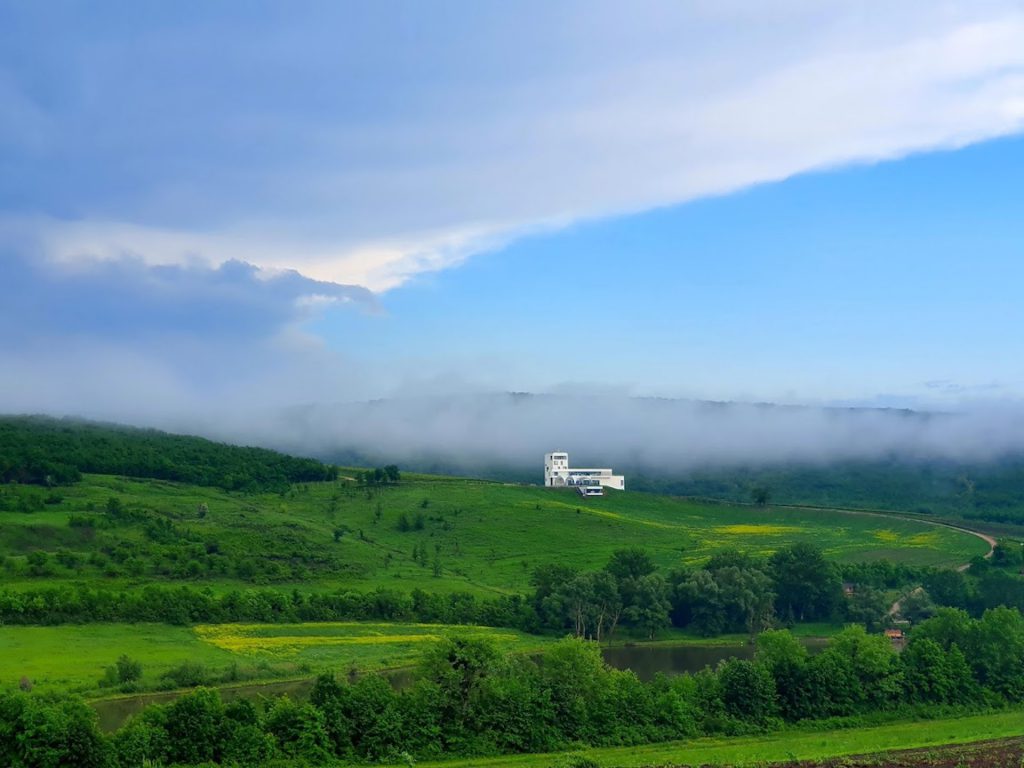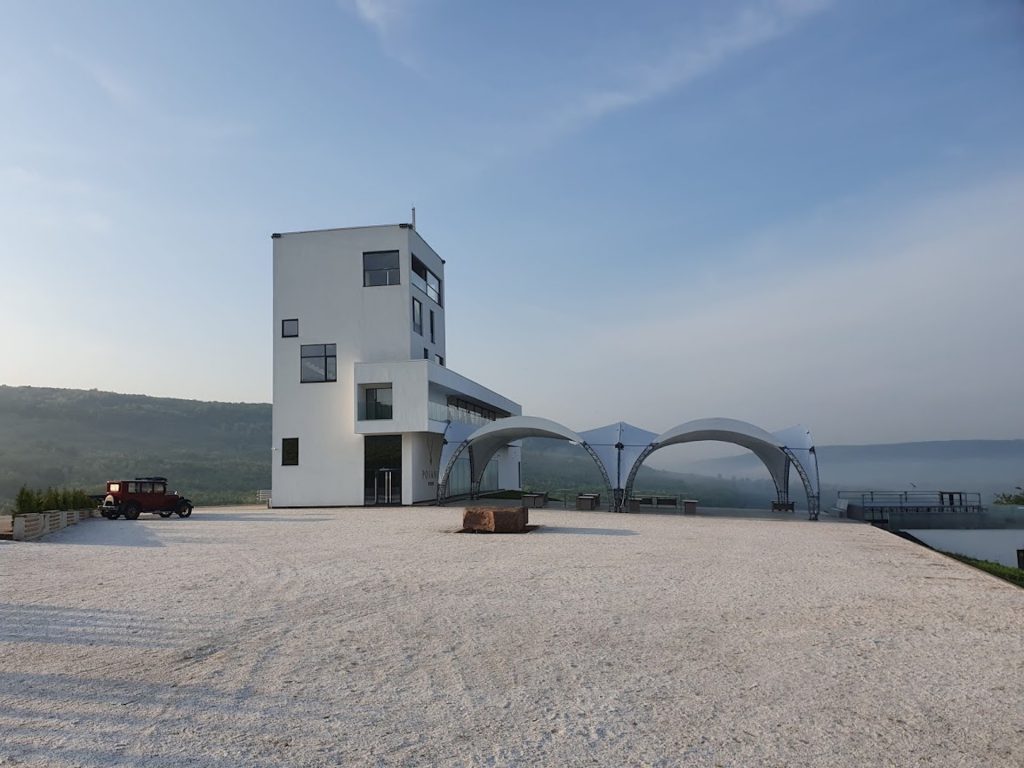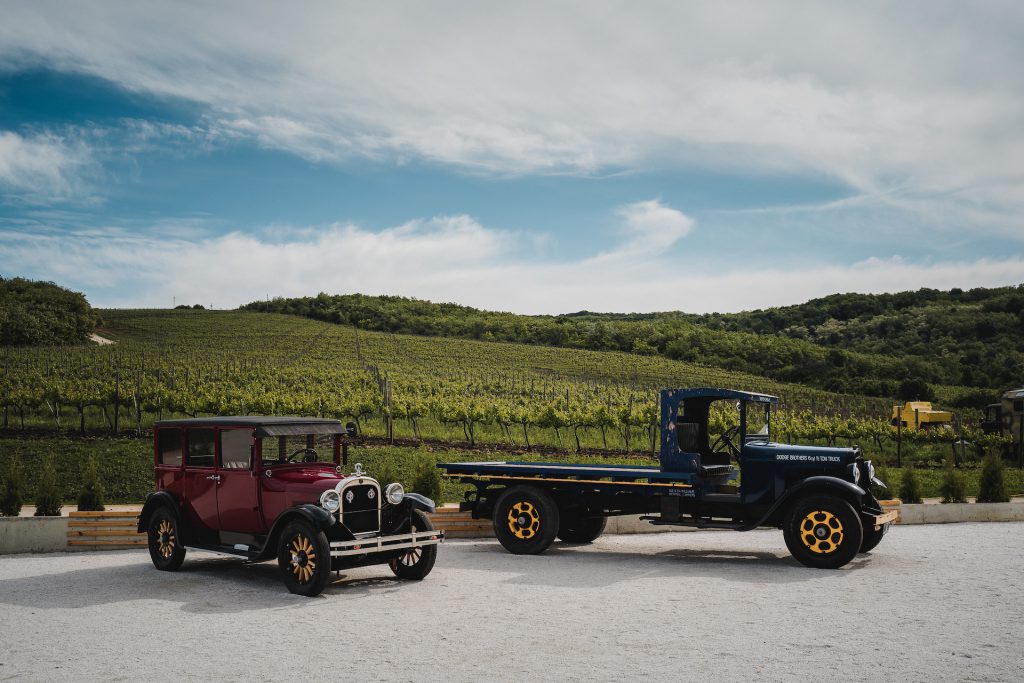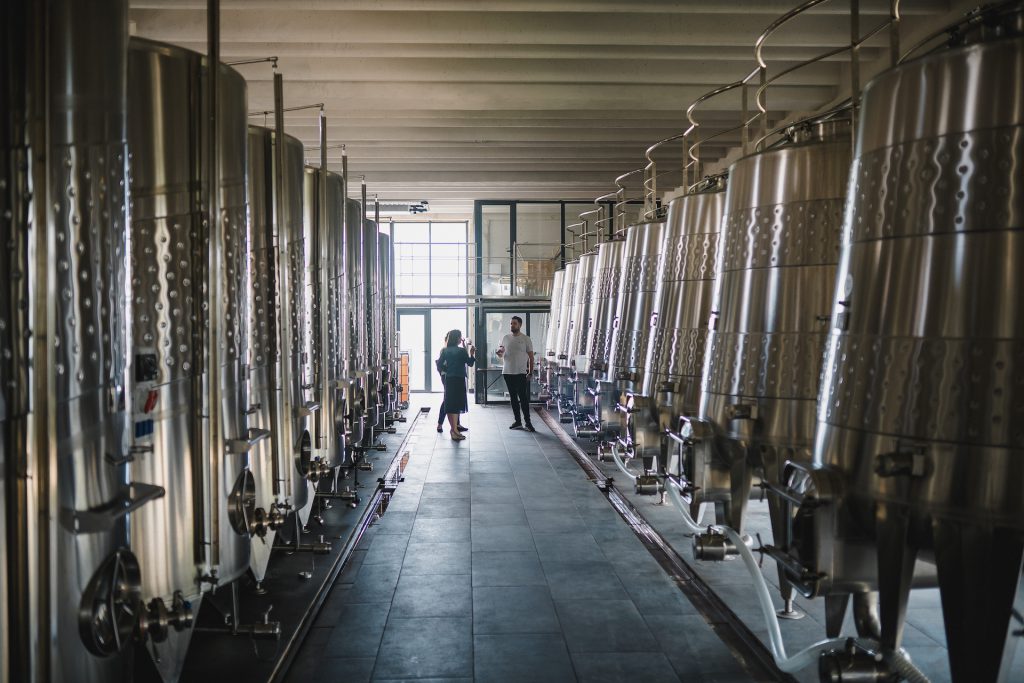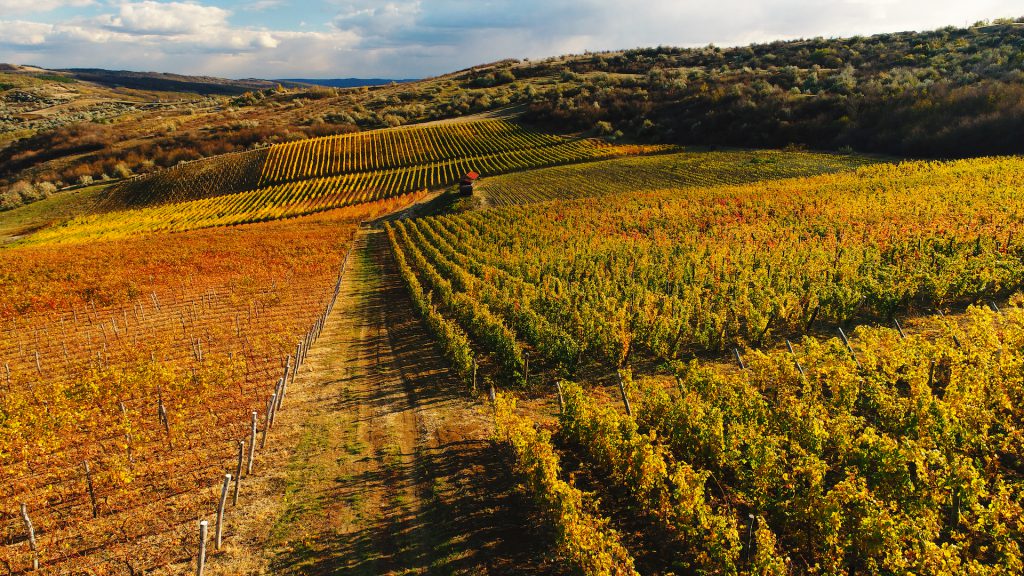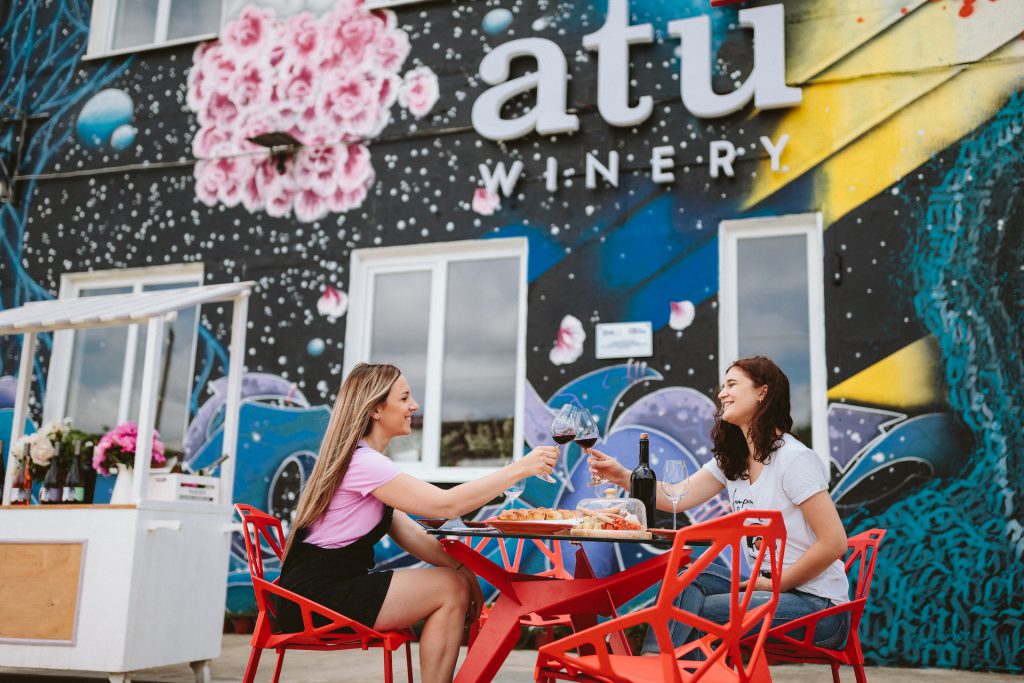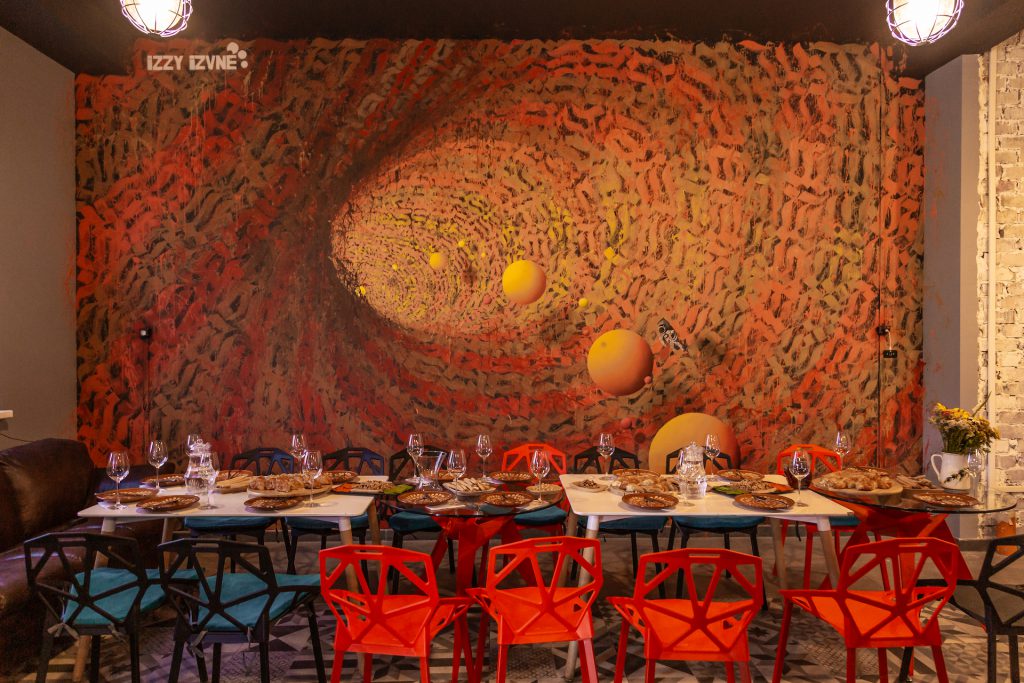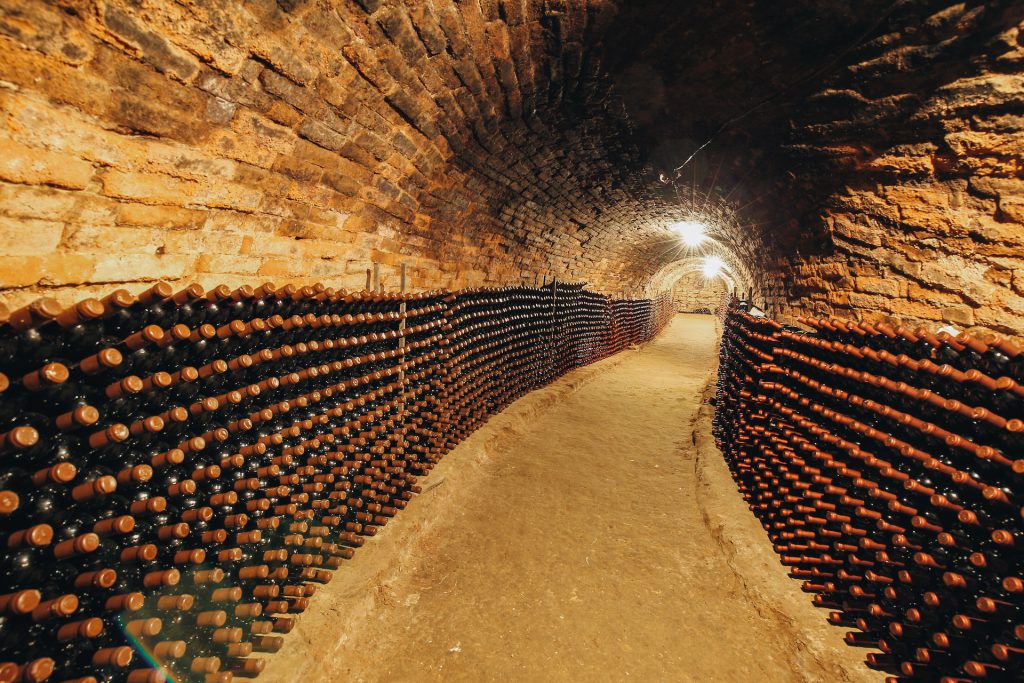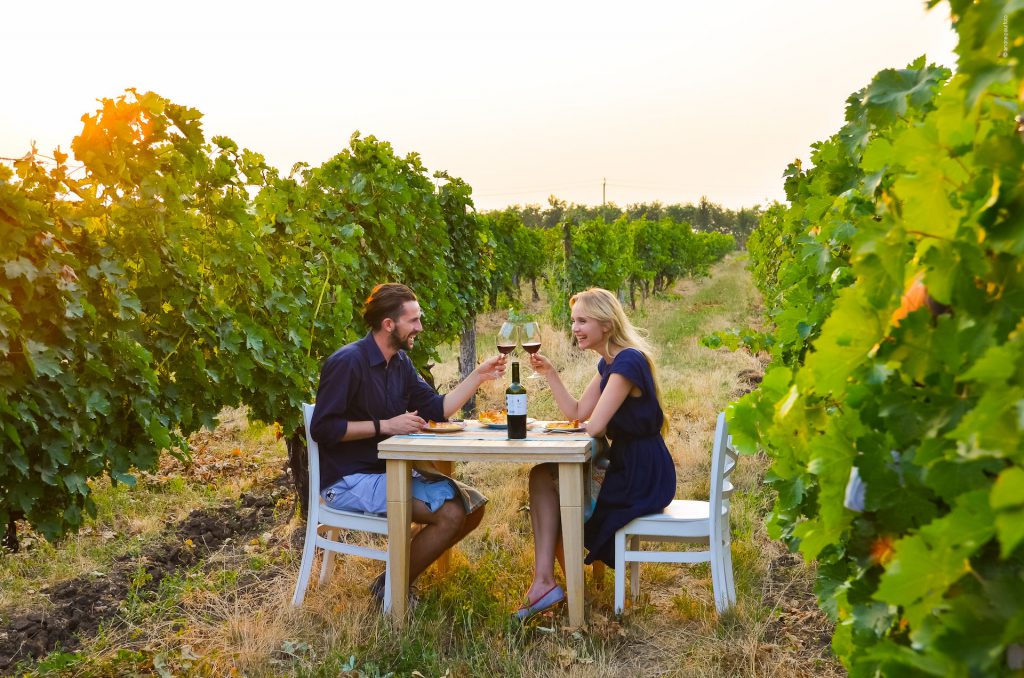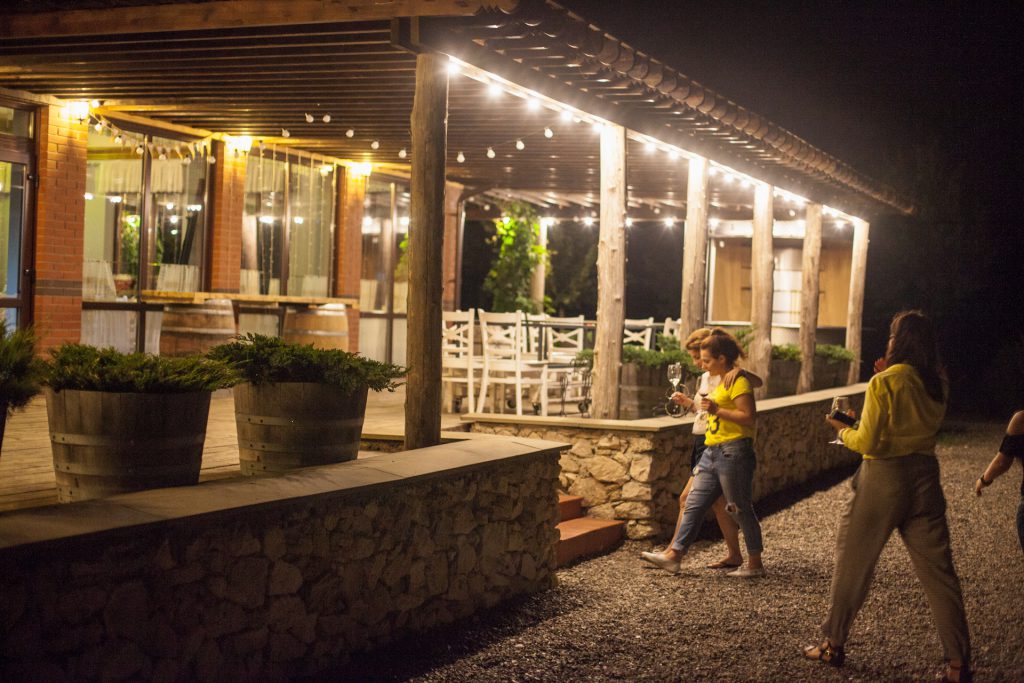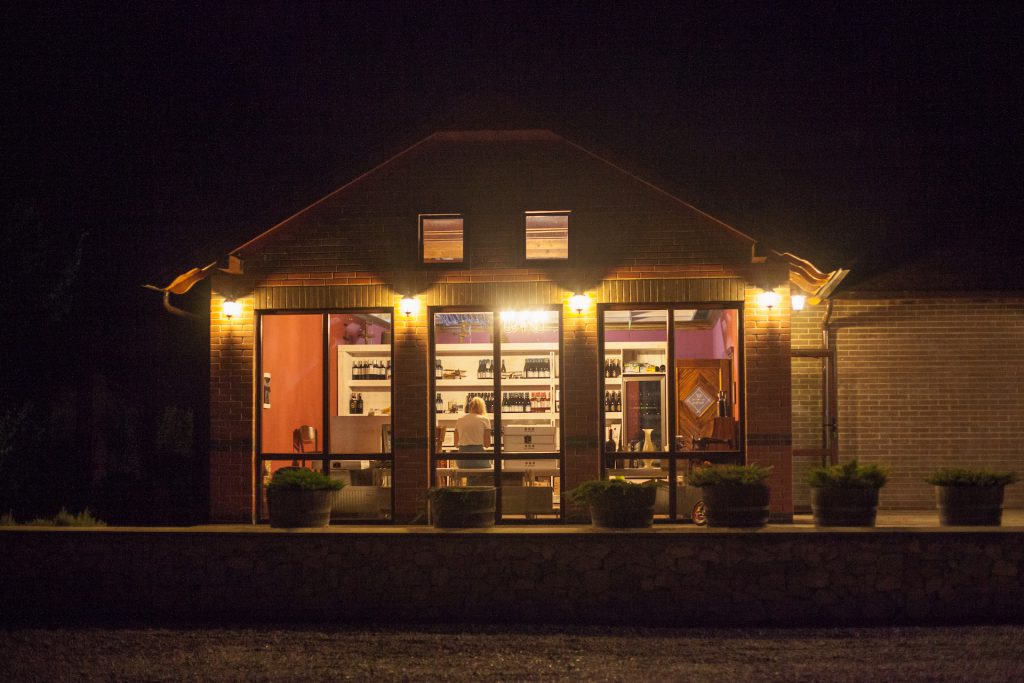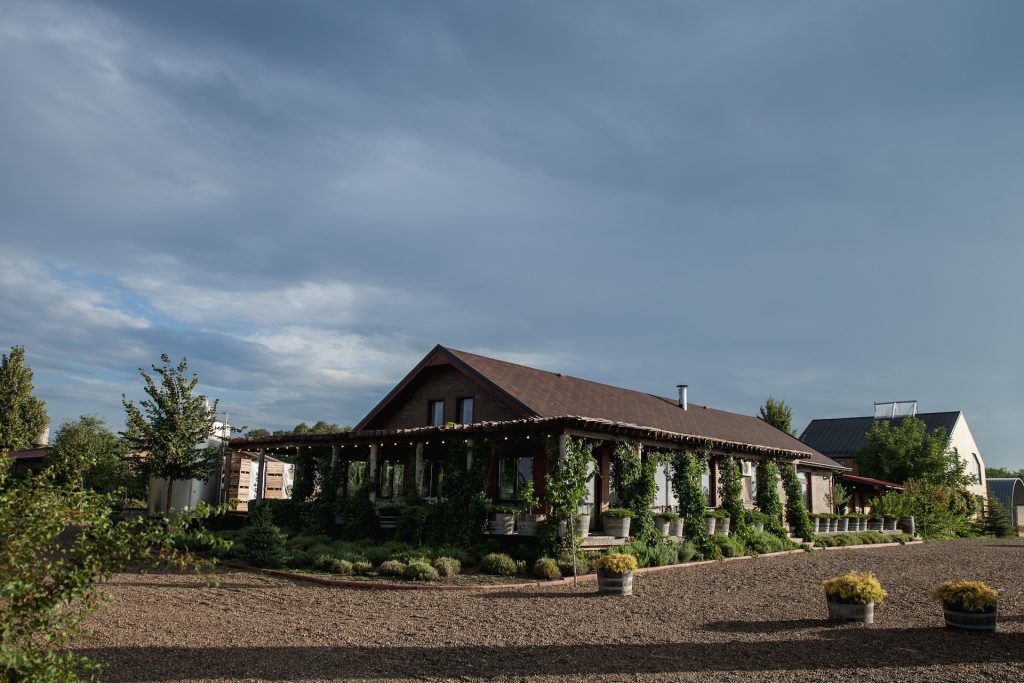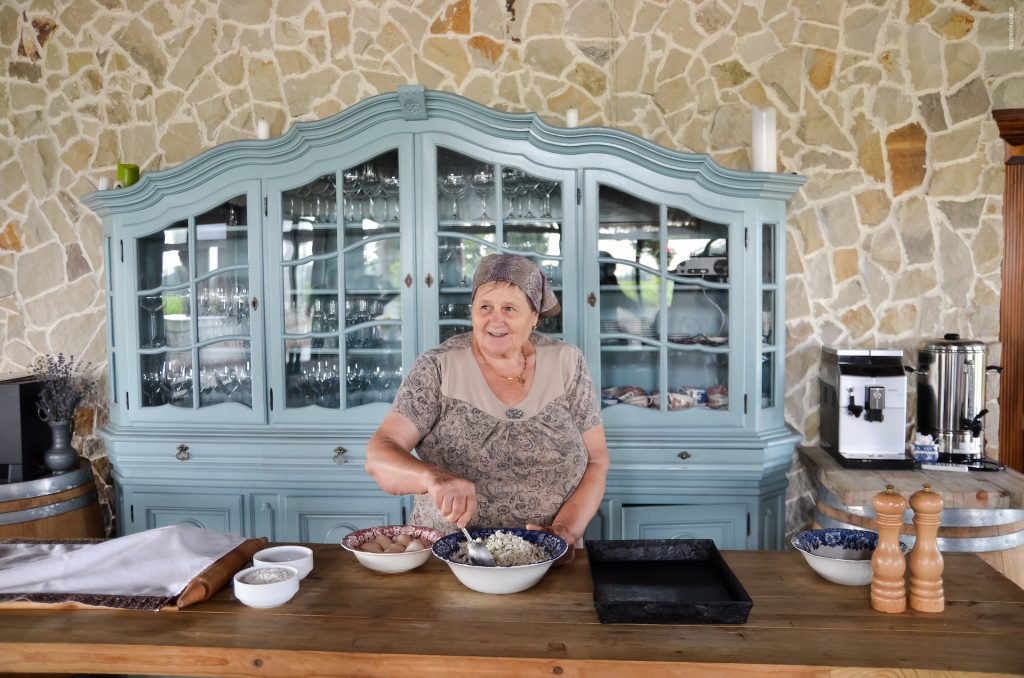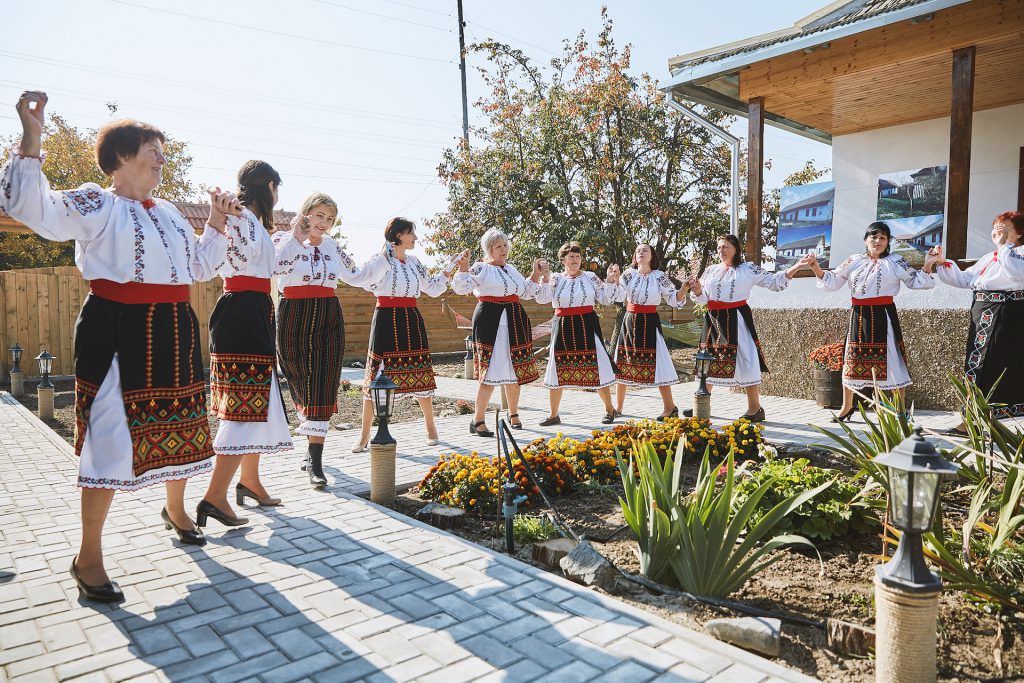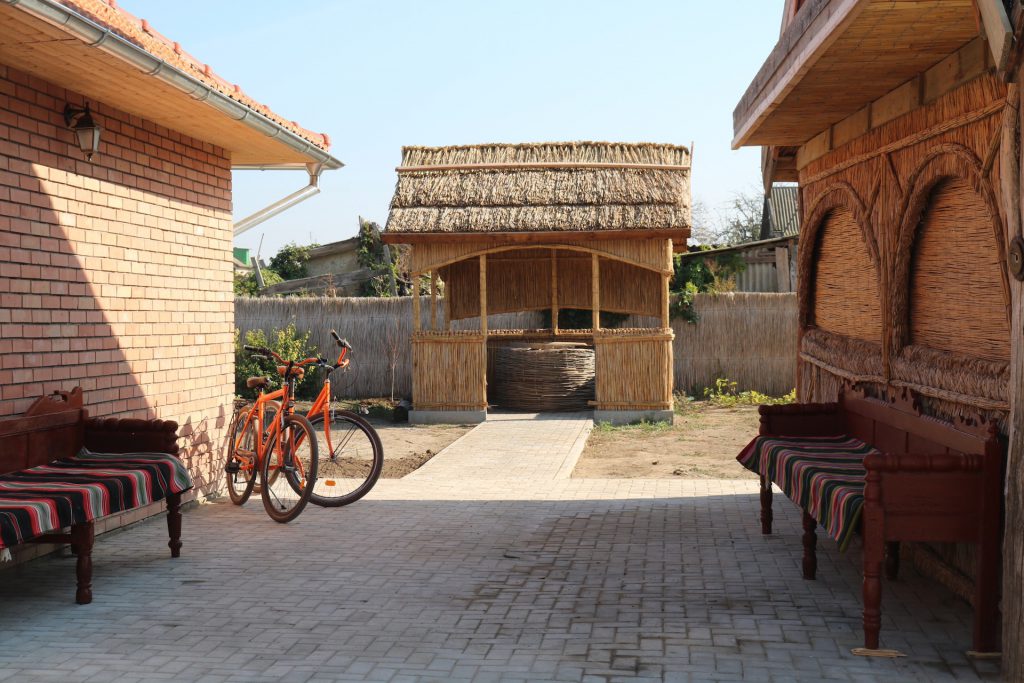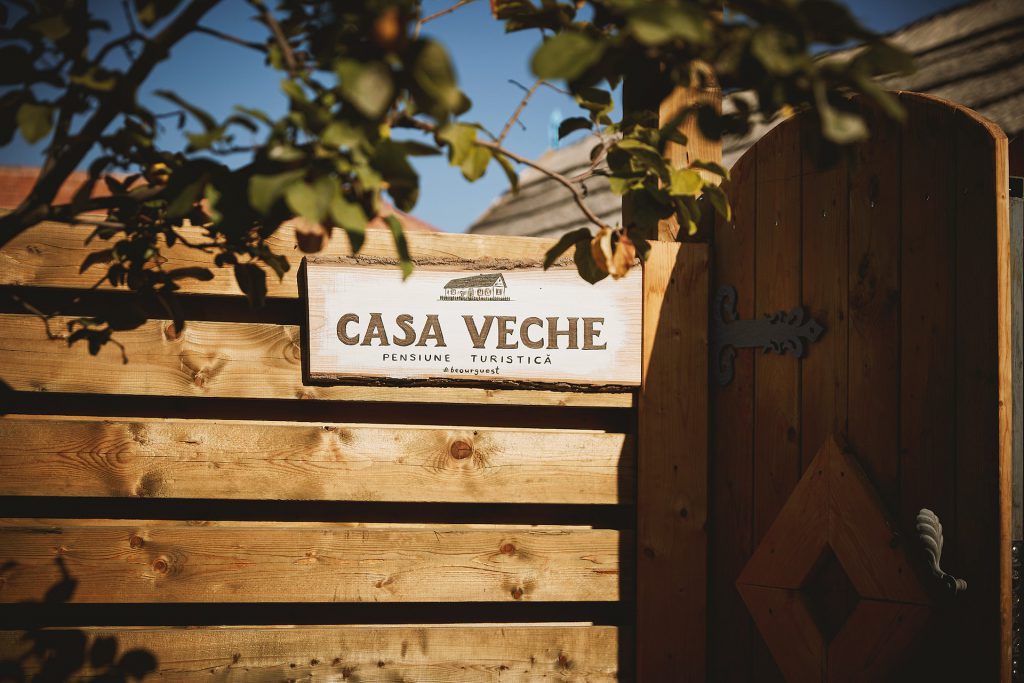După standardele vinificatorilor cu renume, vinurile din Republica Moldova îmbină tehnologii de ultimă generație în creșterea viței-de-vie și prelucrarea strugurilor cu pasiune ceea ce face posibilă producerea vinurilor cu personalitate, de calitate premium. Oare cum ar fi să guști din experiențele vinicole rafinate? Printr-o vizită la micii producători! Ruta se întinde pe o distanță de aproximativ 400 km fiind concepută pentru trei zile, perioadă în care reușiți să vă îndrăgostiți de autenticul moldovenesc. Numeroasele puncte de interes prevăzute vă oferă oportunități unice pentru a descoperi aventura de Moldova. La „Meșter Faur” sunteți așteptați pentru pescuit, plimbări cu bicicleta prin pădure sau de ce nu, la o plimbare cu kayakul. Iar dacă sunteți curioși să aflați mai multe despre istoria Moldovei intrați neapărat la Muzeul de Etnografie Crocmaz sau la Casa-muzeu „Alexei Mateevici”.
Puncte de interes recomandate: „Bahmut Club”, Biserica de Lemn din Chișinău, Biserica cu Hramul Adormirea Maicii Domnului din Căușeni, Casa-muzeu „Alexei Mateevici”, Pensiunea „Meșter Faur”, Muzeul de Etnografie Crocmaz, Pensiunea „Casa Veche”.
Tourist attractions of the route
Segment: Chisinau - Crama Mircesti (Day 1)
- Length:about 110 km distance
- Travel time:up to 2 hours
- Transport:by car
Poiana Winery
See on mapA point of interest on the way to the Mircești Winery is Bahmut Club - a tourist complex located in the heart of the woods that offers multiple experiences and services.
Bahmut Club
See on mapCrama Mircești Winery
See on mapSegment: ATU Winery - Meșter Faur (Day 2)
- Length:about 220 km distance
- Travel time:up to 4 hours
- Transport:by car
ATU Winery
See on mapGogu Winery
See on mapOn the way to Leuntea-Vin winery you can make a stop at the "Alexei Mateevici" Museum House in the village of Zaim, a beautiful place with rich Christian traditions.
Alexei Mateevici Musem House
See on mapLeuntea-Vin
See on mapTo make this experience even more memorable, we recommend stopping at the Meșter Faur Guest House where you can spend time in summer houses made of reeds complete with furniture and handicrafts for over 80 years, or even participate in a master class for weaving with osier.
Mester Faur
See on mapSegment: Casa Veche - EtCetera (Day 3)
- Length:about 70 km distance
- Travel time:up to 1 hours
- Transport:by car
Casa Veche
See on mapA short distance to the Et Cetera winery you can find the Crocmaz Museum of Ethnography - a location dedicated to the ancestral traditions and customs of Moldova.
